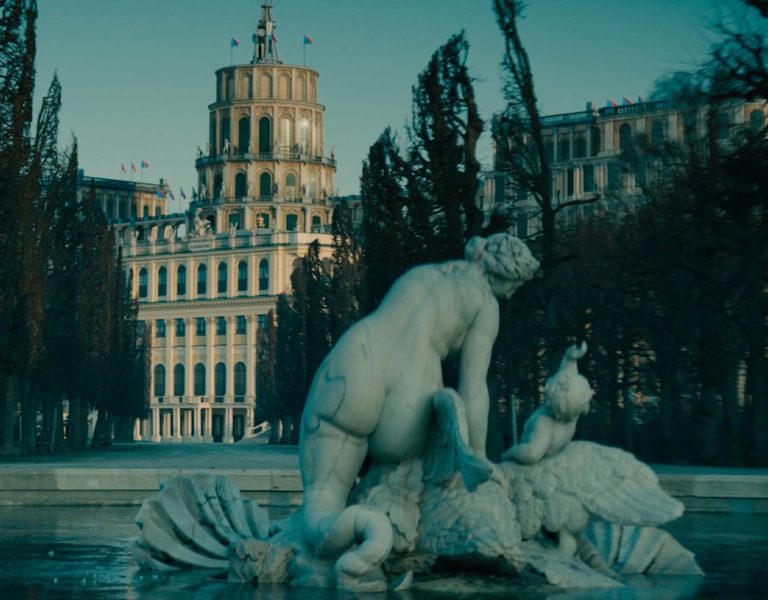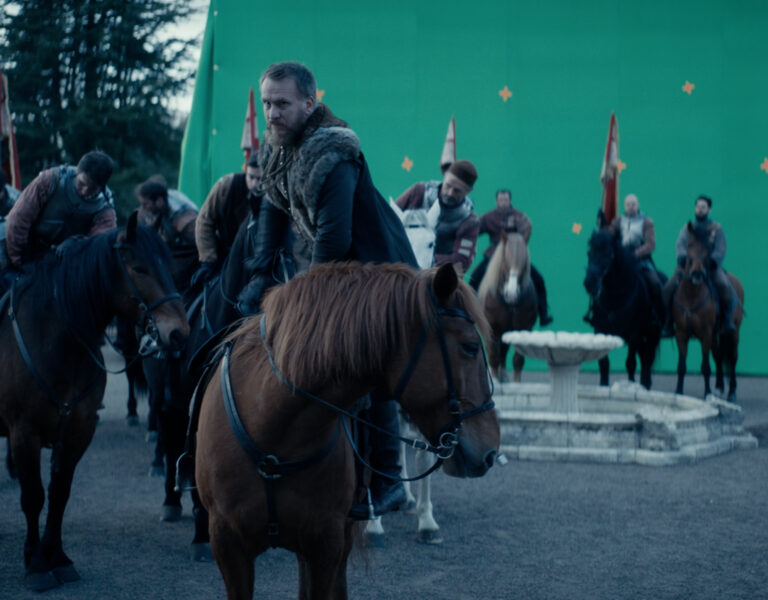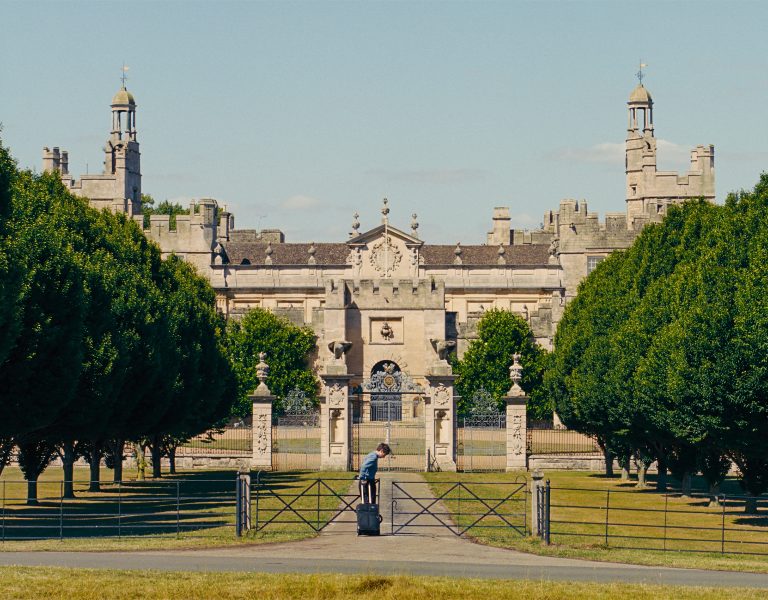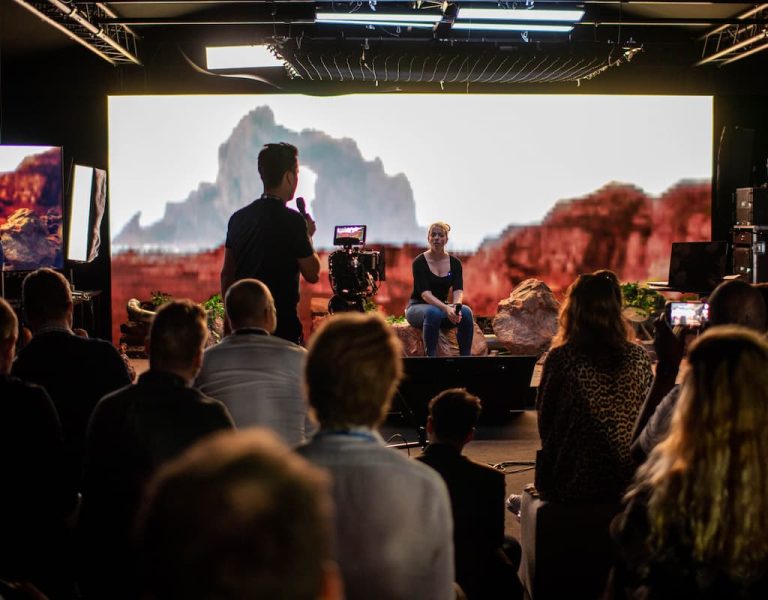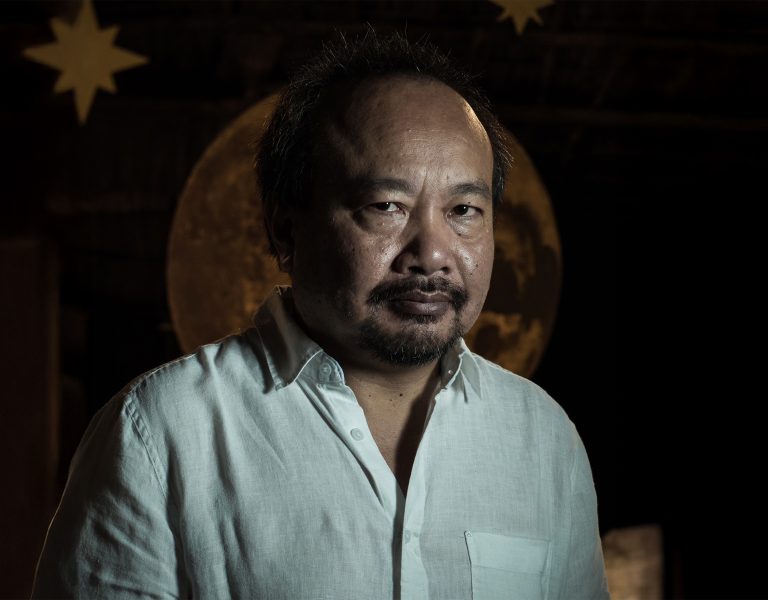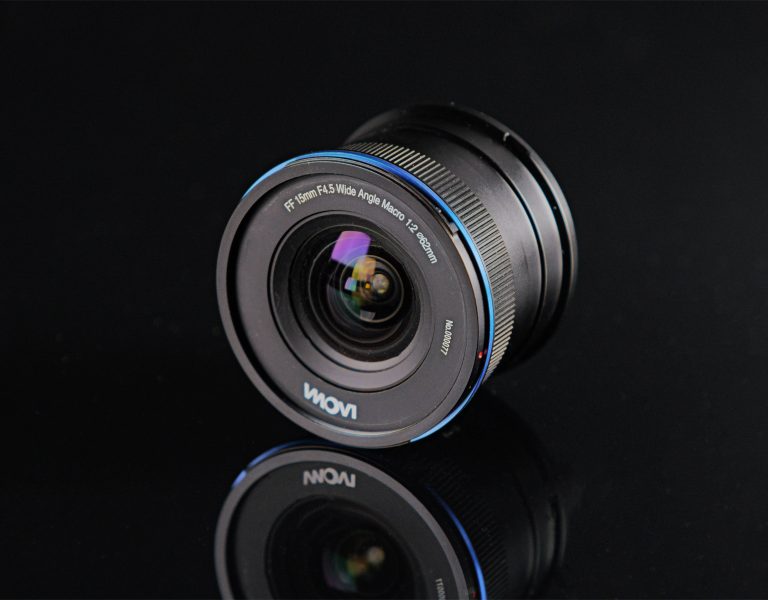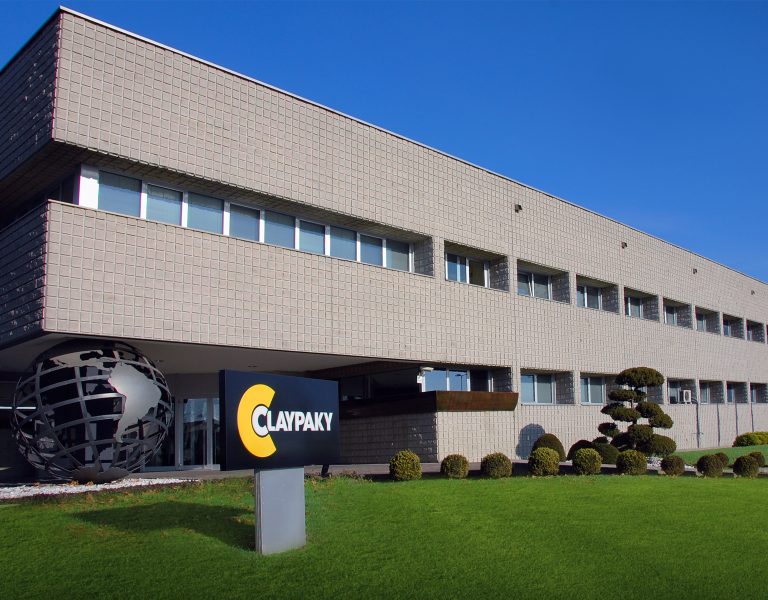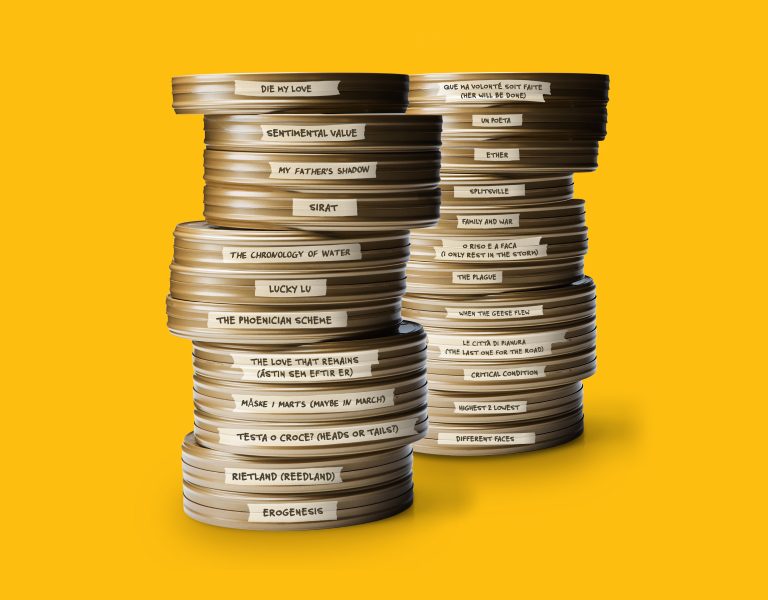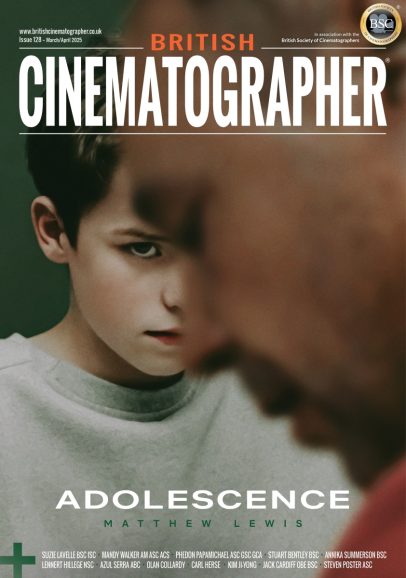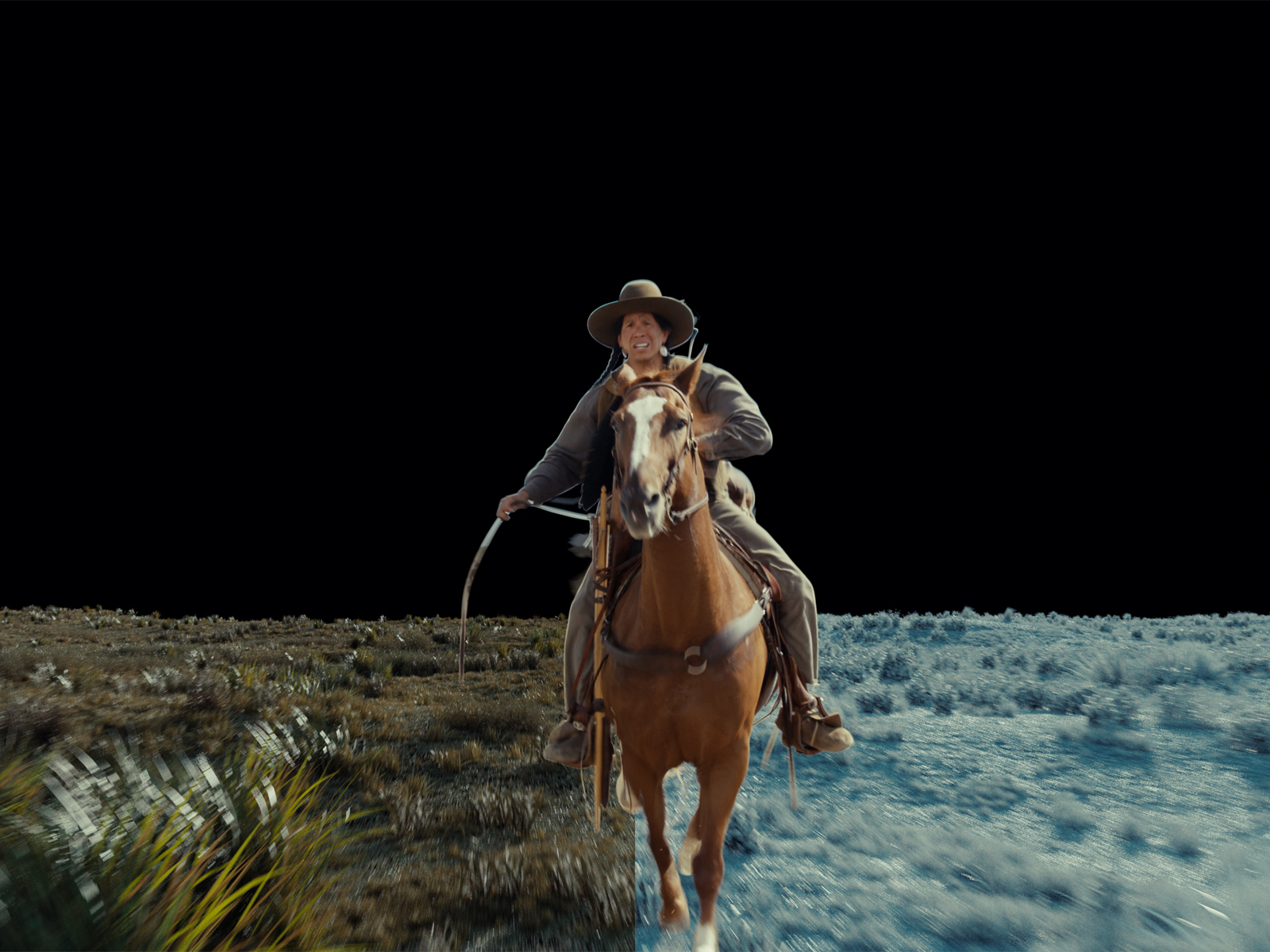
Boutique VFX studio WeFX offers a behind-the-scenes look at one of its most technically demanding sequences for the second season of Paramount+ Western drama 1923, the critically acclaimed prequel to Yellowstone. The scene, depicting the harrowing demise of a horse and its rider during a high-speed chase across the American frontier, unfolds over roughly 20 shots and was brought to life by a 50-person team led by VFX Supervisor Ryan Ng. The sequence required a seamless blend of digital artistry and practical effects to capture a pivotal and emotionally charged moment in one of the season’s final episodes.
The scene depicts Native American Pete Plenty Clouds being pursued by Marshal Kent and Father Renaud. In a desperate attempt to escape, Pete pushes his horse to its limits. As exhaustion sets in, the horse begins foaming and bleeding from the mouth before succumbing to its injuries and collapsing to the ground with Pete in a tangle of dust and limbs. This pivotal moment required seamless integration of practical and digital elements to achieve photorealism, making it a very complex sequence in the series.
Given creator Taylor Sheridan’s deep expertise in horsemanship, the CG horse needed to be indistinguishable from the real one(s) used in the show. The WeFX team meticulously studied reference footage of horse racing accidents, carefully analyzing how horses fall and collapse mid-gallop. A full digital double was created for both the horse and its rider, Pete, with intricate details such as muscle movement, skin simulations, and dynamic hair and tail physics. Additionally, every part of the saddle was modeled and simulated to ensure accuracy.
One of the biggest challenges was blending the CG elements with the practical environment. A special effects dummy horse was used on set, and the CG animation had to precisely match its movement and final resting position. A hero digital ground asset was also recreated, complete with matching grasses, foliage, and topography to seamlessly replace any traces of the set while ensuring the terrain appeared as untouched natural plains. Both Pete and the horse’s interactions with the ground were carefully matchmoved to ensure realistic interactivity and dust level continuity throughout.
To bring the sequence to life, the team relied on industry-standard software—including ZBrush, Maya, Houdini, Nuke, and Arnold—to simulate everything from muscle dynamics to environmental integration. The result is a technically complex, photorealistic sequence that highlights the precision and innovation driving modern visual effects.
